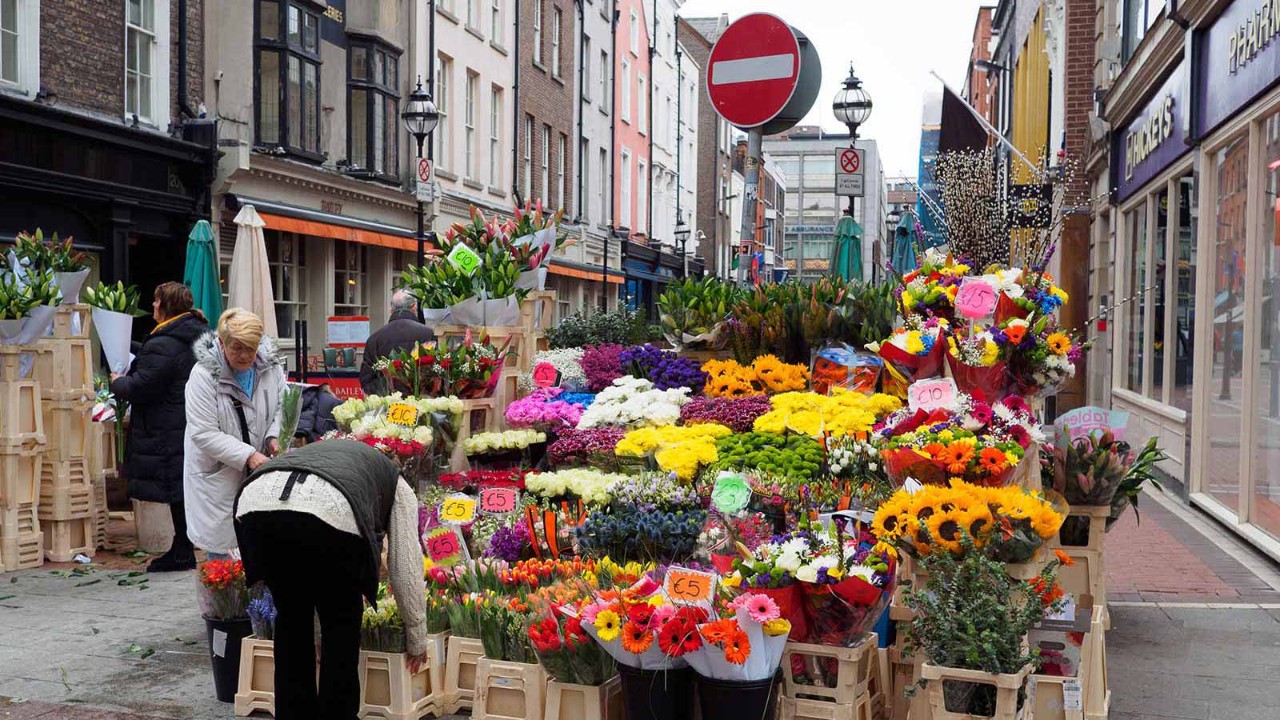
There has been a bit more activity in Dublin’s commercial heartland recently. Grafton Street, the capital’s main shopping district, has a number of new tenants, filling in some of the gaps created when stores shuttered during the pandemic. Footfall levels are improving and some building projects that were stalled are now up and running. It makes a better visual impression for those of us who live here and for visitors. But it doesn’t totally mask that the commercial vacancy rate is at the highest level in a decade.
This trend isn’t unique to Ireland. The pandemic has obviously left a lasting impact, and the changes that have been made to working, shopping and socialising patterns affect cities and towns everywhere.
Starting afresh
Renewal and rejuvenation are nothing new. Our cities are unrecognisable from what they were a century, even 50 years, ago in density and sprawl. What we have to do now is to think how to change again for the coming decades.

We no longer need all the physical retail and commercial space we have right now
At the start of this year I hosted a conference of real estate executives addressing the sustainability of our cities. It was a fascinating insight into how climate, demographics and social change will shape the buildings of the future.
We have for generations created silos in our cities and towns. There are the places where we work – the office and retail hubs – and then we pack onto public transport or into our cars to get to the places where we live.
The pandemic showed the place of work for many can move from the office (whether we like it or not) to our homes. We no longer necessarily need all the physical retail and commercial space we have right now. And if we are not commuting, we no longer need those huge overground and underground carparks either.
Repurposing
That leaves plenty of space that needs repurposing. What we do with it cannot be what we used to do, which is to knock it down and rebuild it for the same purpose.
Should those vast, half-empty shopping centres be turned into housing?
Many people will be familiar with the concept of a 15-minute city, in which everything we need is within a short walk, cycle or public transport reach. But what would it actually mean for the physical properties?
Should those vast, half-empty shopping centres be turned into housing? Or for community use, such as open spaces and cultural or recreational activities? What about those giant office buildings where once we crammed into open plan areas?
Society is changing; we are living longer and starting families later. That requires a leap from creating suburban housing estates to developing multifamily and multigenerational urban locations and the services they need. How should they be designed to accommodate the needs of everyone? Who will fund the changes, and what returns will they deliver for investors?
All of this will have to take into account much more sustainable development. What may emerge is both frightening and breathtaking, and we should be keen to embrace it.


